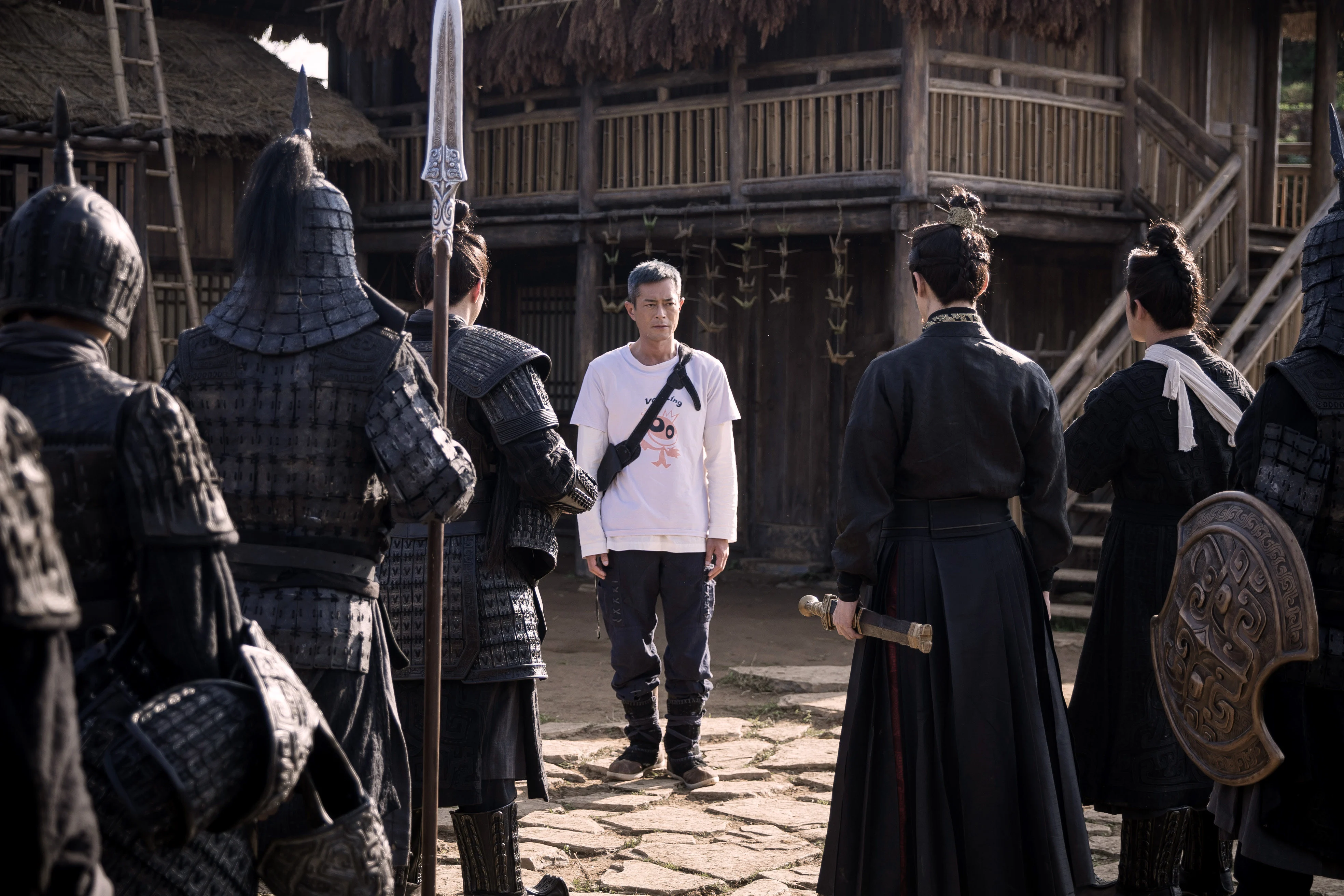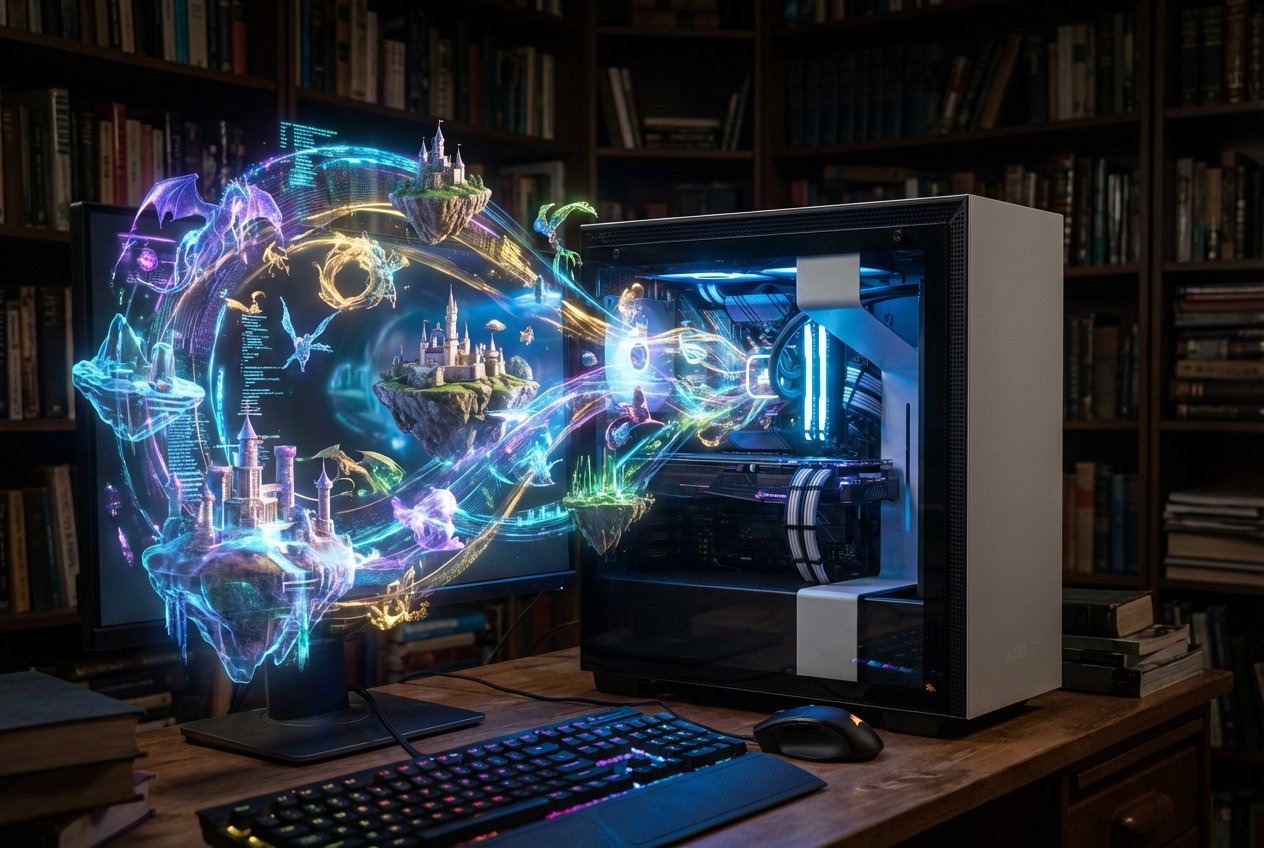The first successful application of artificial intelligence (AI) technology took place 71 years ago — a checkers program developed by Arthur Samuel that ran on an IBM 701 computer at the University of Manchester back in 1951.
In the following decades, AI has permeated nearly every facet of our lives, from smart home devices to healthcare, autonomous driving, and more.
With technology constantly evolving and improving, people have always wondered whether AI could take on some of humanity’s creative qualities. Could AI help us remove the barriers of artistic craft and specialization and easily express what we envision in our minds? The exponential development of this technology has already shown us the answer — a resounding yes.
With the product ERNIE-ViLG 2.0 introduced by Baidu Wenxin earlier this month, you can now create an image by simply typing some prompts into a textbox.
Take, for example, the image below. The psychedelic da Vinci derivative, used as an example in the official ViLG brief, is the product of inputting the terms ‘Mona Lisa,’ ‘Cyberpunk,’ ‘Polaroid,’ ‘33mm,’ and ‘Vaporwave’ as prompts.

What’s more innovative — and uniquely Chinese — within this growing industry is that ViLG allows users to input traditional Chinese poems, which result in abstract yet stunningly beautiful and satisfying generations.
At present, ViLG is the biggest Chinese text-to-image AI and owns the best Chinese text parsing capabilities. Creating artwork based on the concept of Chinese poems is no simple feat, but ViLG has proven more than capable.
The ViLG website is now accessible to the public, allowing netizens to type in aesthetic-related prompts and conjure up artificially generated graphics. The possibilities using the platform are seemingly endless, ranging from abstract to realistic, professional-quality artworks.
The popularity of ViLG has taken off quickly, and online tutorials are cropping up on the Chinese internet to help noobs make the most of the technology. On the Chinese lifestyle platform Xiaohongshu, one of ViLG’s developers, going by the online handle @lclbrew, shares tips and skills to help new users input better prompts and more accurately direct the software.

Despite the hype surrounding ViLG, concerns are also arising in opposition to this exciting new tech.
One essential issue is copyright. The technology behind ViLG is called ‘diffusion,’ which describes the process of ViLG ‘learning’ from as many sample images and paintings as the researchers can find on the internet. These inputs are transformed into ‘knowledge’ and then used to output unique and original renderings.
So far, ViLG supports commercial use, but there’s no guarantee of copyright for creators, meaning if someone’s original artwork is learned by ViLG and incorporated into its creations, the author won’t receive any compensation.
Mimic, a similar product in Japan, was recently criticized for learning a large number of illustrations from the famous website Pixiv without permission. The site was eventually taken down amid criticism from Japanese netizens.
Meanwhile, some digital artists are understandably experiencing a bit of career anxiety, concerned their jobs may disappear amidst the AI revolution. On the Chinese video platform Bilibili, one netizen lamented:
“The power of AI is so terrifying. Almost two years ago, these programs drew like a baby, but now they can draw much better than me. The value of artists will gradually decrease; I’m quite negative about the future.”
These concerns have already proven to be valid. In August, American Jason M. Allen won the Colorado State Fair’s annual art competition painting prize with artwork generated by Midjourney (a similar product to ViLG). The officials admitted his artwork and refused to re-evaluate the award after the fact, sparking outrage among many in the artistic community.
This is not the first time such a discussion has taken place. A few years ago, the AI program AlphaGo beat Ke Jie, the world’s top Go player. The event sparked a heated debate among Go players, who wondered whether human matches were still meaningful when AI could guarantee a 100% win rate.

Now, digital artists are asking the same question: If AI can create perfect art one day, does human creativity hold the same value? Will it even be needed?
‘Human’ has become a central word in discussions of AI, and finding a balance between this undoubtedly fascinating technology and the dedicated craft of artists worldwide will be a challenge at the forefront of this debate.
Of course, there are no easy answers or solutions when it comes to fostering a positive co-existence between the two. The AI of tomorrow will undoubtedly be different from what exists today, just as the technology is almost unrecognizable from its early years of mastering chess and checkers.
Art is, of course, always subjective, and these two conflicting creative worlds are likely to be a subject of discussion for years to come.
All images generated by ERNIE-ViLG 2.0














